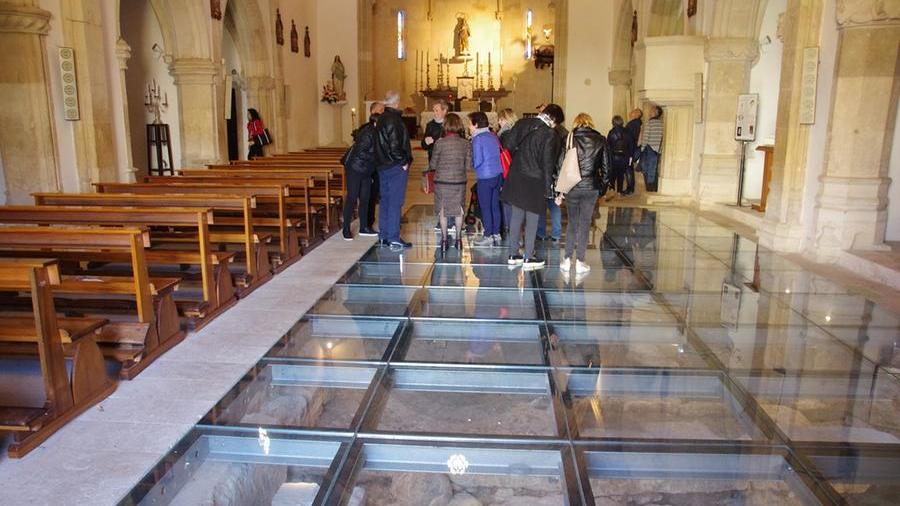Padria, little pearl yet to be discovered: culture to beat depopulation
If the magic formula existed to translate history, civilization, archaeology, noble origins, culture, environment, quiet, into opportunities for growth and development, Padria would know an unparalleled boom, both economically and demographically. There are indeed many and all of great value, in fact, the resources of the center on the border between Meilogu and Villanova, which make it one of the authentic “pearls of the territory”, and which could be a powerful flywheel for its future. From the church of Santa Giulia to the “Palattu” complex, from the Franciscan convent to the noble palaces, from the Santale waterfall to the Roman bridges, from the archaeological museum to the poetry of Gavino De Lunas. Unfortunately, however, that formula does not exist, and so one must come to terms with the daily drudgery of administering, with regulations that are either not there or inadequate, with the difficulties common to almost all the centers of inland Sardinia. Putting in effort, imagination, intelligence, realistic solutions, to prevent the prophecy of “municipalities at risk of extinction” from coming true. This is what the municipal administrations of Padria have been doing for several decades now, with mixed results, but with a firm will to give back to what was the “Gurulis Vetus” of the Romans, a perspective . Among others, in addition to the initiatives that give visibility such as Open Monuments, the poetry prize dedicated to Gavino De Lunas, the feast of Santa Giulia itself, and cultural events, policies aimed at encouraging the relocation to Padria of citizens, foreign and otherwise, are of particular significance. Some results have already been achieved, with at least eight foreign couples and others from the Peninsula choosing to buy homes in Padria. Others the municipal administration hopes to obtain, in particular with the adherence of both the municipality and the Union of Villanova Municipalities to the national committee promoting the project “2024 year of return tourism: discovering the origins”. «The purpose – says Alessandro Mura, mayor of Padria and president of the Union of Municipalities – is to encourage the rediscovery of roots, to encourage return, both as a cultural and identity fact, and for the prospects of spillover to the territory that can result from it». Incentives to Padrians so that they do not leave, transit tourism, return tourism, new residences, are therefore some of the cards to be played to stem depopulation, and to enhance the immense heritage of Padria. Beginning with the church of the patron saint Santa Giulia, which has come down to us in its Gothic-Aragonese appearance assumed following the rebuilding of 1520 but testimony, as has been said, to the fact that Padria is a “village under the ground”. In fact, the cult building results to have been rebuilt on three earlier installations, which can be traced back to the early Christian, Byzantine and medieval ages, as was much of Padria's town center, built on ruins from the Roman era. The stratifications of Santa Giulia can be read through the splendid crystal floor made in the church during the 2010/2011 restoration. Similarly “underground” are part of the structures of the other extraordinary site Padria can boast: the Palattu complex on top of the San Paolo hill, which together with the hills of San Giuseppe and San Pietro encircle the town. The site was inhabited in Nuragic and Punic times. In the 16th century the baronial palace of the De Ferrera family was built there, a house-fort that gave the entire site its name. The archaeological museum holds many of the memories of the memories of Padria and its territory. The Franciscan Convent, built in the 17th century at the behest of the noblewoman Isabella, Baroness De Ferrera, houses the recently restored church of Santa Maria degli Angeli. The historic center with its quietness, the territory rich in attractions and historical evidence, starting with the Santale waterfall and the Roman bridges “Ettori”, “Enas”, and “Ulumos”, are just some of the other elements for which Padria deserves much more than a fleeting visit.

